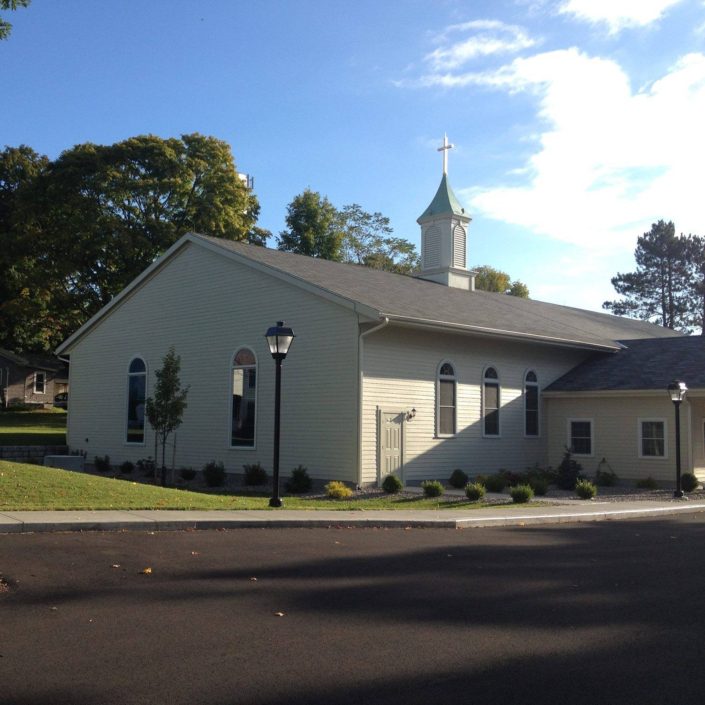Akwesasne and the American Revolution
From the Land of Flint to the Land Where the Partridge Drums The Migration from the Mohawk Valley to Kahnawake and Akwesasne
by Darren Bonaparte
Joseph Brant

Illustration of Joseph Brant by Darren Bonaparte
With Sir William Johnson as his mentor, Joseph Brant was educated by the English and became the Crown’s biggest advocate among the Haudenosaunee. Prior to Sir William’s death he served as his interpreter in many of the conferences the British held with the Confederacy. He was entertained by the British King in London and returned home to urge his people to support the Crown when the land-hungry Americans began to speak of revolution. Brant led war parties into battle himself, brazenly defying the neutrality that the Haudenosaunee chiefs sought to maintain, and his exploits earned him the nickname “the Monster Brant” by American settlers that were the target of his raids. Brant’s efforts eventually broke the unity of the ancient league, left their villages open to military conquest in the infamous Sullivan Campaign, and led to the eventual dispersion of some of the pro-British Haudenosaunee to Canada following the – war. (Graymont 1988:87-89)
Akwesasne’s Role in the War
Most of the Mohawks from the Christian missions at Kahnawake, Akwesasne, and Kanesatake chose to remain neutral in the conflict. However, a number of Mohawks from Kahnawake acted on their own and met with GeneraLGeorge Washington in 1776. (Hough 1853:187-191) These men volunteered to fight with the American rebels against Britain for ideological reasons, stemming perhaps from their anti- English stance in the previous war. Some Mohawks of the Mohawk Valley served as scouts for the Americans, and Oneidas and Tuscaroras fed George Washington’s starving army at Valley Forge. (Fadden 1948:15-16)
Although the Revolutionary War was a turning point in the history of the Haudenosaunee Confederacy, Akwesasne’s involvement was not quite as prominent. One historian, writing in 1853, claims that a considerable force from Akwesasne fought for the British while others chose to support the American rebels. The only direct involvement appears to be an instance where Akwesasne Mohawks gave provisions to Sir John Johnson and his party during their escape to Montreal in 1776. (Hough 1853:122-123) They made their way northward via the Raquette River, which empties into the St. Lawrence in Akwesasne.
By Darren Bonaparte, historian and author of The Wampum Chronicles. Reprinted with permission.
Darren Bonaparte is a cultural historian from the Akwesasne First Nation. He is a frequent lecturer at schools, universities, museums, and historical sites in the United States and Canada. He has written four books, several articles, and the libretto for the McGill Chamber Orchestra’s Aboriginal Visions and Voices. Darren is a former chief of the Mohawk Council of Akwesasne. He is the creator of The Wampum Chronicles and historical advisor to film and television. He currently serves as the Director of the Tribal Historic Preservation Office of the Saint Regis Mohawk Tribe.
Next week: Colonel Louis Cook














